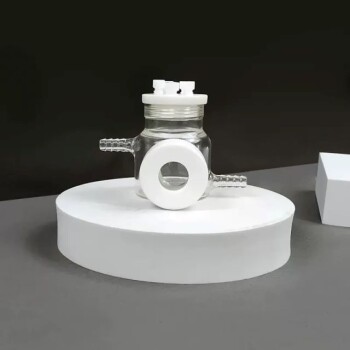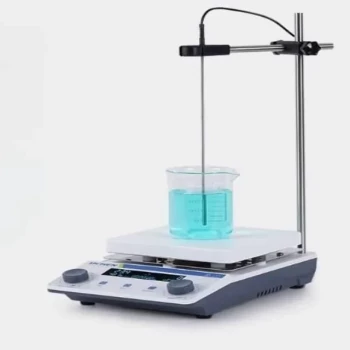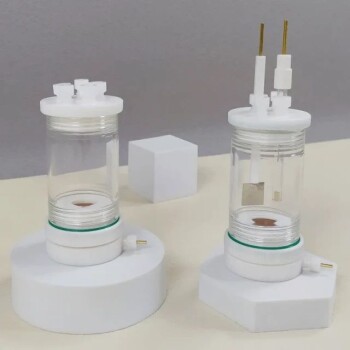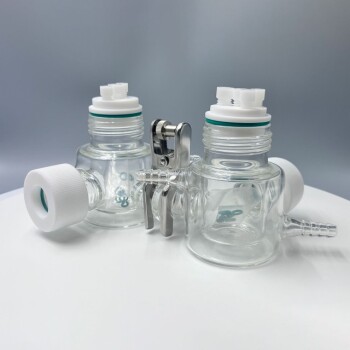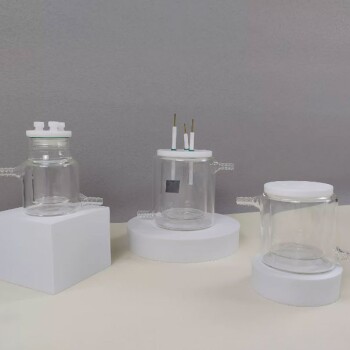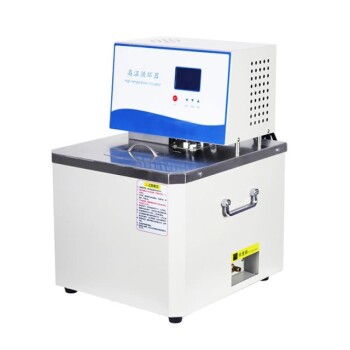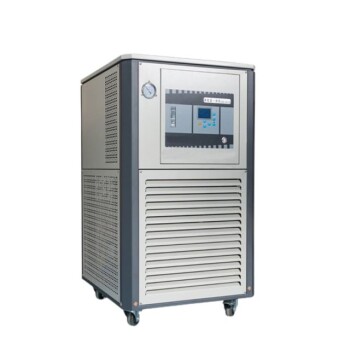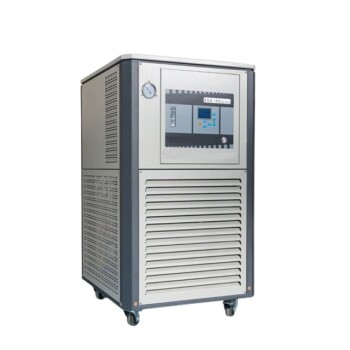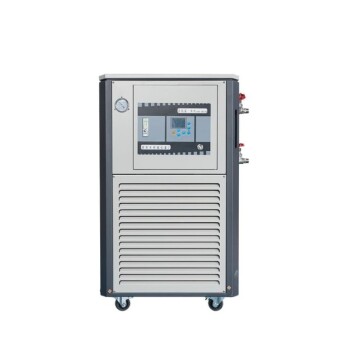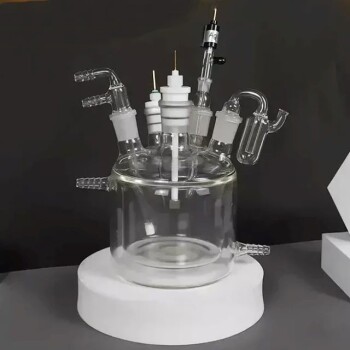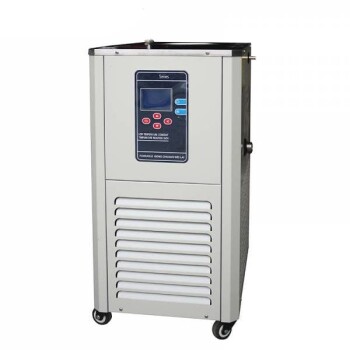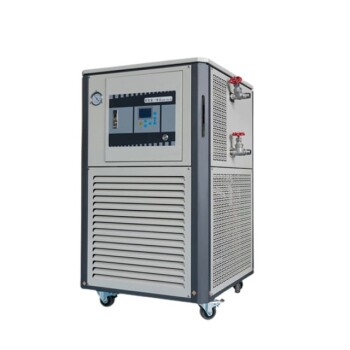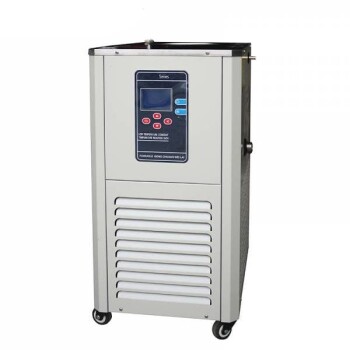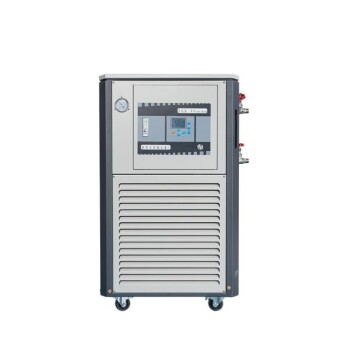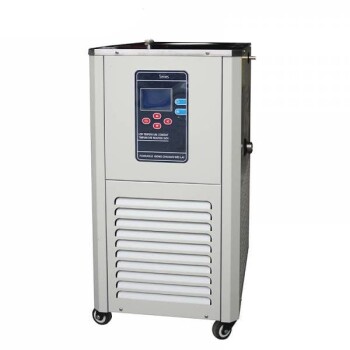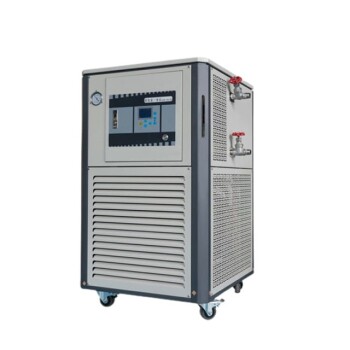Introduction to Laboratory Water Baths
Definition and Uses
A water bath is a specialized laboratory apparatus that consists of a container filled with hot water, designed to maintain a constant temperature for various applications. This versatile tool is employed in numerous scientific processes, including the heating of reagents, the melting of substrates, the incubation of cell cultures, and the facilitation of chemical reactions that require elevated temperatures. One of the key advantages of using a water bath is its ability to heat flammable chemicals safely, thanks to the absence of an open flame, which significantly reduces the risk of combustion.
The primary function of a water bath is to provide a stable and uniform temperature environment, which is crucial for many laboratory procedures. By immersing samples in the heated water, researchers can ensure that the temperature remains consistent, thereby promoting accurate and reproducible results. This method of temperature control is particularly beneficial in applications where precise heating is necessary, such as in biochemical assays, enzyme reactions, and DNA amplification processes.
In addition to its role in maintaining temperature, water baths are also used to dissolve solids, soften materials, and prepare solutions. The gentle, even heat distribution of a water bath minimizes the risk of thermal shock, which can be detrimental to sensitive biological samples. Furthermore, the use of a water bath in handling flammable substances eliminates the hazards associated with open flames, making it a safer alternative in laboratory settings.
Overall, the water bath serves as an indispensable tool in scientific research, offering a reliable means of temperature control that is both effective and safe. Its ability to support a wide range of applications, from routine laboratory tasks to complex scientific experiments, underscores its importance in modern research practices.
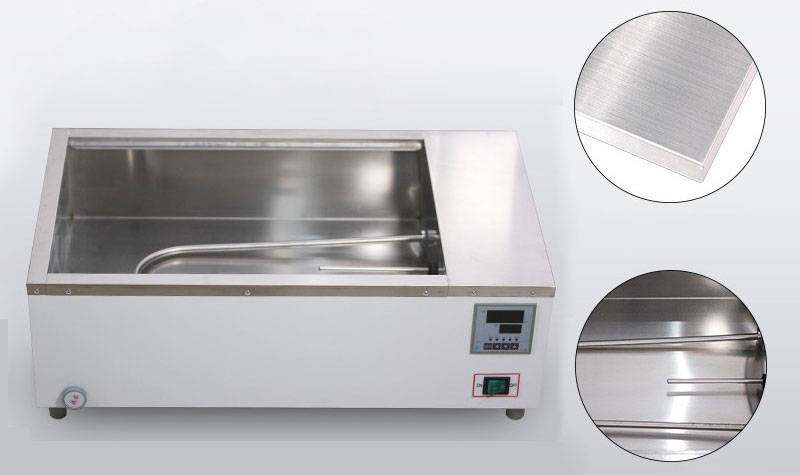
Types and Temperature Limits
Different types of water baths are designed to cater to various laboratory applications, each with specific temperature limitations. The standard water bath, for instance, typically operates with a maximum temperature of 99.9°C. This range is suitable for many routine laboratory procedures, including incubating cell cultures and heating reagents.
For applications requiring higher temperatures, alternative heating methods are necessary. These include:
- Oil Baths: Used for temperatures ranging from 100°C to 300°C. Oil baths are particularly effective for processes that require a more stable and uniform heat distribution compared to water baths.
- Silica Gel Baths: Capable of reaching temperatures up to 300°C, these baths are ideal for high-temperature applications where thermal stability is crucial.
- Sand Baths: Often used for temperatures above 300°C, sand baths provide a robust heating solution for demanding laboratory tasks.
| Bath Type | Temperature Range | Typical Applications |
|---|---|---|
| Water Bath | Up to 99.9°C | Cell culture incubation, reagent heating |
| Oil Bath | 100°C - 300°C | High-temperature reactions, uniform heat spread |
| Silica Gel Bath | Up to 300°C | High-temperature stability, precise heating |
| Sand Bath | Above 300°C | Extreme high-temperature tasks, robust heating |
Understanding the temperature limits and appropriate applications for each type of bath ensures safe and effective laboratory practices.
Key Features of Water Bath Equipment
Operational Features
The operational features of laboratory water bath equipment are designed to enhance user convenience and precision. These features include multi-language operation, allowing users from diverse linguistic backgrounds to navigate the device effortlessly. Additionally, user-settable limit values provide a customizable approach to temperature control, ensuring that experiments can be conducted within specific parameters.
An environmental protection mode is integrated to minimize energy consumption and reduce the carbon footprint of laboratory operations. This mode is particularly beneficial for long-term experiments that require sustained, low-energy usage. User-settable alarms, available in both audible and visible formats or a combination of both, offer a robust system for monitoring temperature deviations. These alarms can be customized to alert users when the temperature exceeds or falls below preset limits, ensuring timely intervention.
The display of actual and/or set point temperature provides real-time feedback, aiding in the precise adjustment of experimental conditions. Furthermore, programmable presets for commonly used temperatures streamline the setup process, allowing users to quickly initialize the water bath to frequently required settings. This feature not only saves time but also reduces the risk of human error in setting temperatures manually.
Safety and Maintenance Features
The safety and maintenance features of laboratory water bath equipment are designed to ensure both operational efficiency and user safety. These features include an integrated timer that allows for precise control over the duration of the heating process, ensuring that samples are incubated for the exact required time. The hinged mountain wall cover not only provides easy access to the interior but also helps in maintaining a consistent temperature by minimizing heat loss.
For precise temperature management, the equipment comes with a calibration offset capability, enabling users to adjust the temperature settings to account for any discrepancies. The stainless steel water tank is both durable and easy to clean, resisting corrosion and ensuring long-term reliability. Additionally, the cistern drain feature allows for quick and efficient water removal, facilitating regular maintenance and preventing the buildup of contaminants.
Safety is further enhanced with the inclusion of both a main thermostat and an automatic safety thermostat, which work together to prevent overheating and ensure that the water bath operates within safe temperature limits. Furthermore, the equipment is compatible with anhydrous alloy bath beads, which can be used to maintain an anhydrous environment, particularly useful for reactions sensitive to moisture.
These features collectively contribute to the longevity and safety of the water bath, making it a reliable tool in laboratory settings.
Safety Precautions for Water Bath Use
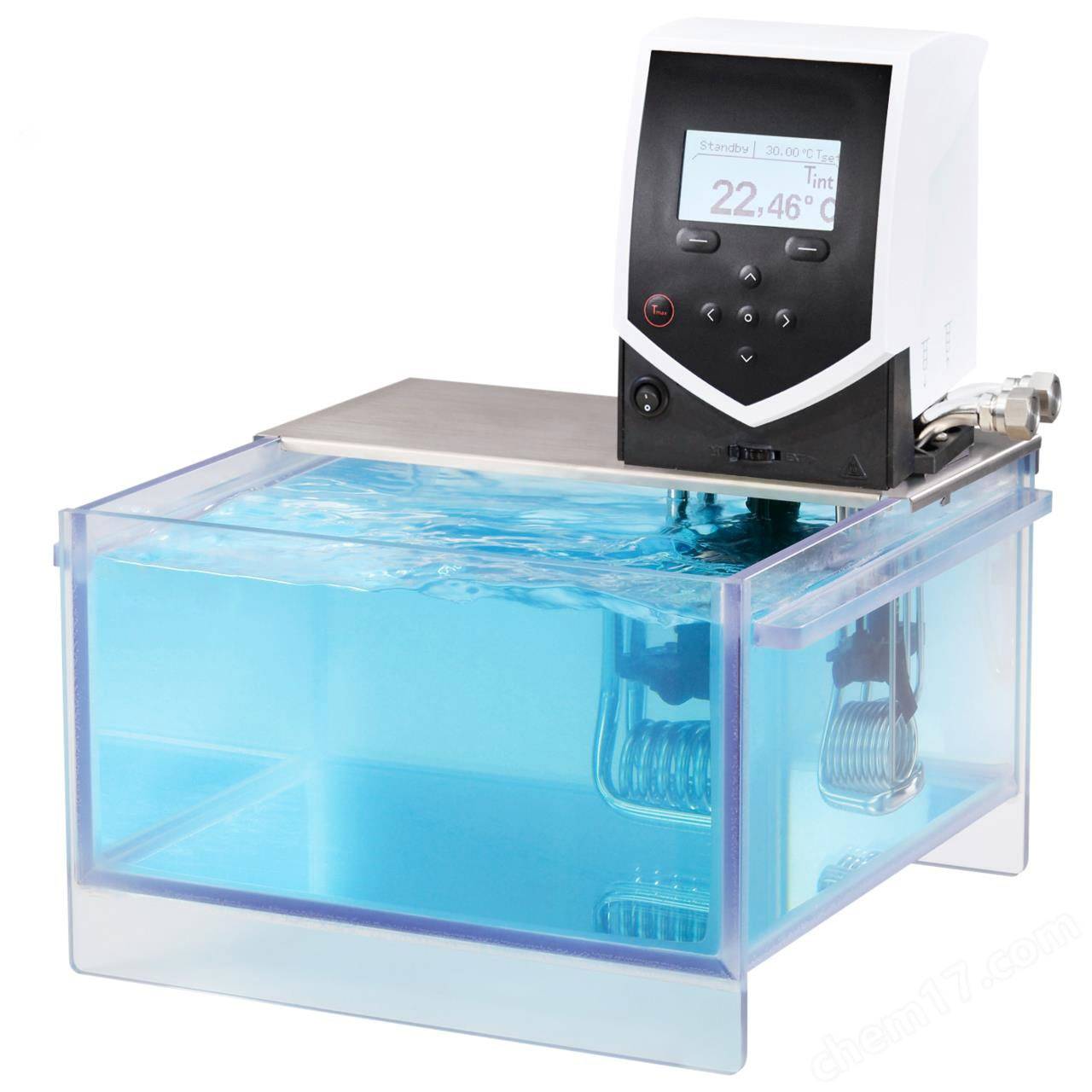
General Safety
When using laboratory water bath equipment, it is crucial to exercise caution, particularly when dealing with moisture-sensitive substances or reactions prone to spontaneous combustion. Avoid heating beyond the flash point to prevent the risk of ignition or explosion.
Regularly monitor the water level to ensure that the bath remains effective and to prevent the formation of hazardous salt deposits. Always use distilled water to maintain the purity and efficacy of the water bath, thereby reducing the likelihood of contamination and operational issues.
For added safety, consider the following best practices:
- Temperature Monitoring: Utilize built-in thermometers to continuously track the water temperature, ensuring it remains within safe operational limits.
- Regular Inspections: Conduct periodic checks for any signs of wear or damage, such as cracks in the water tank or malfunctioning components.
- Emergency Protocols: Have a clear plan in place for emergencies, including how to safely shut down the equipment and evacuate the area if necessary.
By adhering to these guidelines, you can significantly reduce the risks associated with the use of water bath equipment in laboratory settings.
Maintenance and Hygiene
Ensuring the cleanliness and functionality of your laboratory water bath is crucial for maintaining accurate and safe experimental conditions. Regular maintenance practices include the addition of disinfectants to inhibit the growth of microorganisms within the water bath. This proactive measure helps to prevent contamination, which can adversely affect the integrity of your experiments.
To further enhance decontamination, it is recommended to periodically increase the water temperature to 90°C or higher. This temperature spike, typically performed once a week, effectively kills off any lingering organisms and ensures the water remains sterile. Such high-temperature cycles not only sanitize the bath but also help in maintaining the overall quality and longevity of the equipment.
Additionally, the use of waterproof markers is essential for labeling various components of the water bath. Regular markers, which can easily smudge or fade, are not suitable for this purpose. Waterproof markers, on the other hand, provide a durable and clear labeling solution, ensuring that all necessary information remains legible and intact over time.
Environmental and Operational Safety
When utilizing a laboratory water bath, it is crucial to prioritize environmental and operational safety to mitigate risks and ensure a secure working environment. If the process involves the emission of fumes, conducting the operation within a fume hood or a well-ventilated area is imperative. This practice not only protects the operator from harmful vapors but also prevents the contamination of the laboratory environment.
To maintain optimal conditions and prevent unnecessary evaporation, always use the lid provided with the water bath. This simple measure helps in conserving water and maintaining a stable temperature, which is essential for precise experiments. Additionally, the lid aids in achieving and sustaining high temperatures, ensuring that the samples reach the desired incubation conditions efficiently.
Installing the water bath on a stable, level surface is another critical safety precaution. A stable setup minimizes the risk of accidental spills or equipment damage. Moreover, it is advisable to position the water bath away from any flammable materials. This strategic placement reduces the risk of fire hazards, thereby enhancing the overall safety of the laboratory setting.
By adhering to these environmental and operational safety guidelines, laboratory personnel can significantly reduce potential risks and ensure a safer working environment for all.
Related Products
- Optical Water Bath Electrolytic Electrochemical Cell
- Laboratory Small Constant Temperature Heated Magnetic Stirrer Heater and Stirrer
- Multifunctional Electrolytic Electrochemical Cell Water Bath Single Layer Double Layer
- H-Type Double-Layer Optical Electrolytic Electrochemical Cell with Water Bath
- Double-Layer Water Bath Electrolytic Electrochemical Cell
Related Articles
- Unlocking the Power of Optical Quartz Plates: Applications and Benefits
- Exploring the Multifunctional Electrolytic Cell Water Bath: Applications and Benefits
- Unveiling the Exceptional Properties and Applications of Optical Quartz Plates
- Electrolytic Batteries A Solution to the Growing Energy Demands
- Understanding Electrolytic Cells and Their Role in Copper Purification and Electroplating

